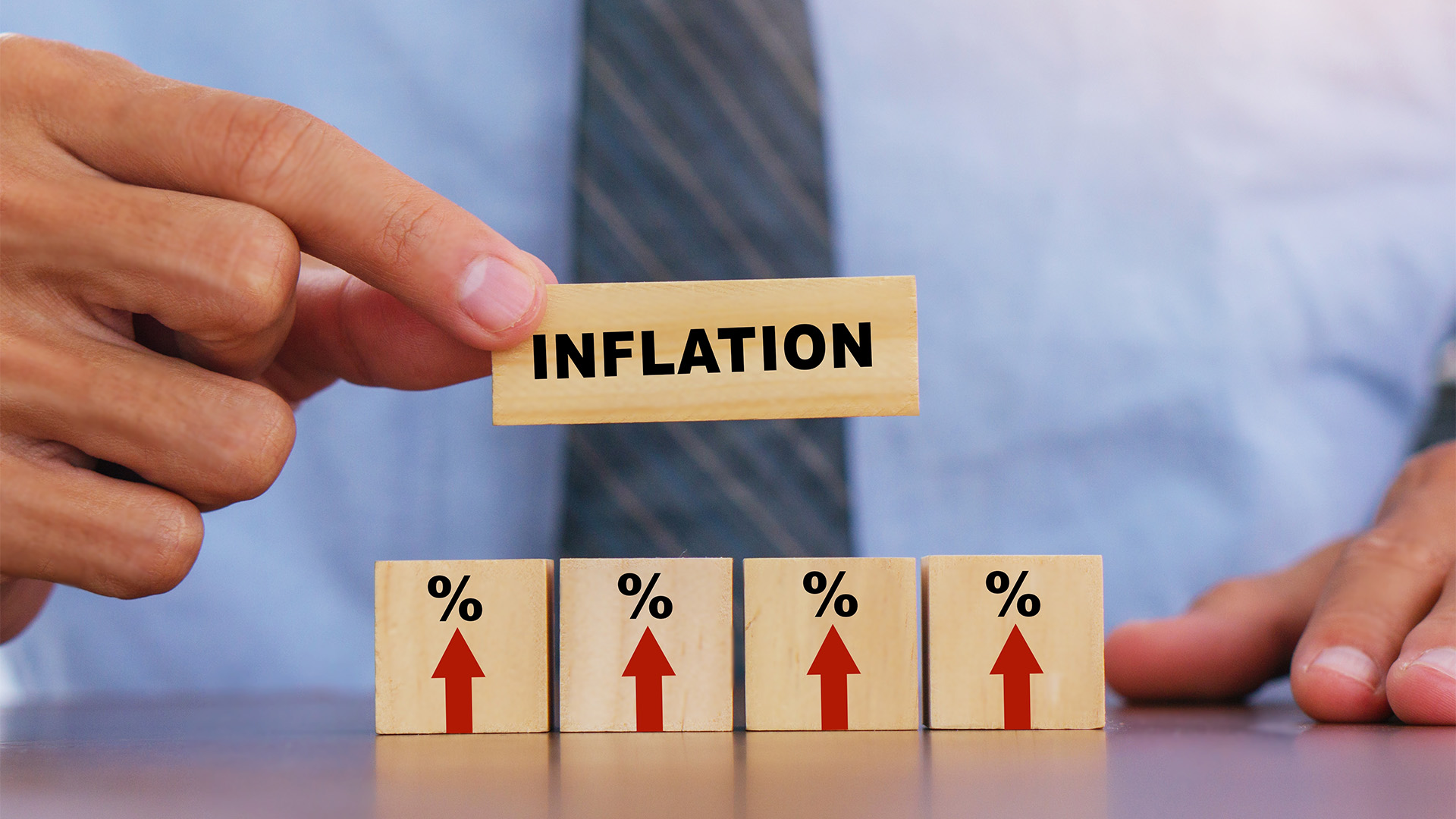Economists are pointing out that there could be a statistical reason for a small rise in month-on-month and annual inflation, which could also be aided by July's upturn in oil and petrol prices, now reaching 9-month highs in some parts of the US.
July's Consumer Price Index (CPI) is expected to be similar to June's, which showed headline inflation rose by just 0.2% from May, with an annual rate of 3%.
Moody's economists, however, emphasise that "base effects should not be ignored." In June 2022, the US experienced the peak of the post-pandemic inflation, reaching 9.1%. The following month, due to declining energy prices, the headline CPI saw the only month-to-month decline since the pandemic's throes.
Repeating a 0.2% monthly increase in July would result in an acceleration of the headline inflation's annual rate from 3% in June to 3.2%, while some economists speculate it could be 3.3%.
Core CPI inflation is estimated to dip to 4.7% from 4.8%, and the Producer Price Index is forecasted to rise 0.1% month-on-month in July, confirming the gradual unwinding of inflation continues, albeit at a slower pace.
July Labour Force Report Provides Clues to the State of the US Economy
Investors received more clues into the state of the US economy on Friday, as the July labour force report showed 187,000 jobs added in July, falling short of the market's expectation of 200,000 jobs. The unemployment rate also ticked lower to 3.5% from 3.6%.
Average hourly wages exceeded expectations, rising by 0.4% for the month and 4.4% on an annual basis, slightly higher than the expected 0.3% and 4.2%, respectively. Economists attribute the rise to more higher-paid employees remaining in work during the month.
Challenges in the Job Market
Economists point out that a slowdown in hiring in lower-wage sectors like retail, leisure, and hospitality is likely impacting the overall wage snapshot, making wage growth appear higher than it actually is. The three-month average of US job creation, which now stands at 218,000 jobs per month, has sharply decreased from the 312,000 average in the first three months of this year and is far below the 561,000 in the first quarter of 2022.
Paul Ashworth, Chief North American Economist at Capital Economics, notes that the disappointing data in the last two months indicates job growth at its slowest pace in 2.5 years. He emphasises that the cyclical sectors of the economy contributed less than 100,000 additional jobs, suggesting a weaker real economy than the pickup in the second-quarter GDP growth suggested.














